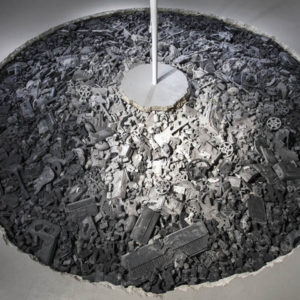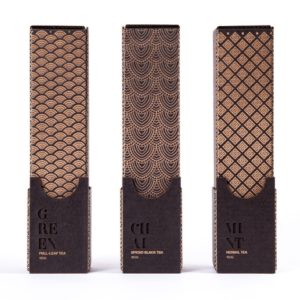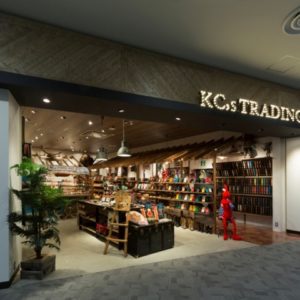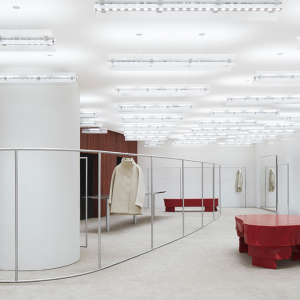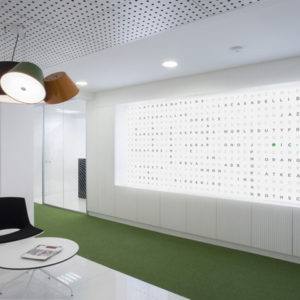
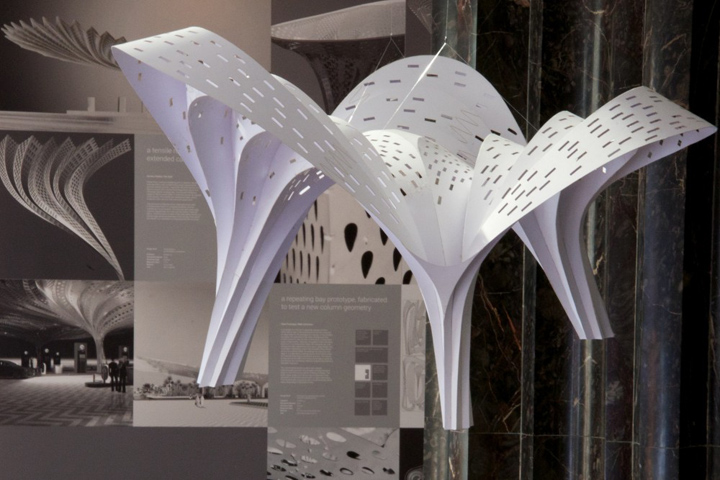

Continuing recent research trends in the ways nature can inspire new architectural methods and typologies, London-based architecture practice Tonkin Liu in collaboration with engineers at Arup, have developed a single-surface structural technique called Shell Lace Structure. The innovative technique takes advantage of advanced digital design, engineering analysis, and manufacturing tools. Read on to learn about their upcoming book and exhibition that reveals the process behind this nature-inspired material.

To devise this new structural technique, Tonkin Liu looked to the age-old structures of mollusk shells. A variety of species exhibit highly efficient shells that offer amazing protection from the surrounding environment while being composed of minimal thicknesses. Similarly, Shell Lace Structure “celebrates lightness, strength and economy” by minimizing the use of material and creating maximum structural results.

Similar to the ways seashells gain their strength from optimized curvilinear geometry, Shell Lace Structure takes advantage of these forms to provide added stiffness as a result of corrugations. The lightweight quality of the structure itself is made possible by strategically placed perforations. The technique for the construction has been developed through research and experimentation with digital modeling, analysis, and fabrication tools. In a design process that is simultaneously intuitive, analytical, and iterative, researchers developed three-dimensional geometries built up virtually from “conjoined developable surfaces.” These surfaces are then “unzipped at the seams, unrolled, and nested” making it possible to cut them from flat material in sheets with the aid of computers. These cut profiles are then reassembled to produce the final three-dimensional form.
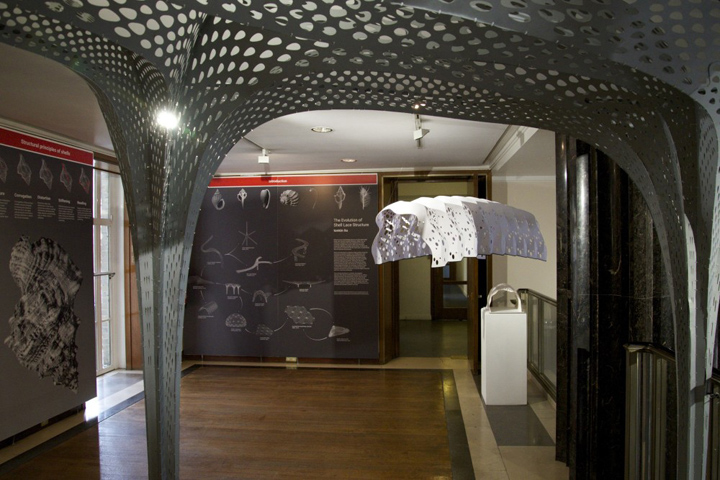
The Shell Lace Structure technique represents an adaptive approach to architecture that allows for enhanced means of expression as well as additional opportunities to respond to site, structure, and climatic requirements. The technique is multi-faceted and “By involving both the hand and the machine in its design process, Shell Lace Structure enables us to regain intuition whilst wielding the speed, craft, and precision inherent in digital tools.”
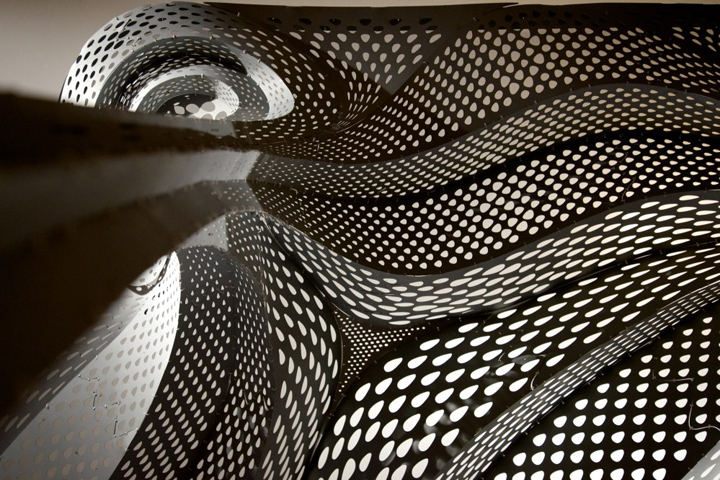
To celebrate this exciting invention, Tonkin Liu has published a new book entitled The Evolution of Shell Lace Structure to coincide with an exhibition at the Royal Institute of British Architects.
Design by Tonkin Liu
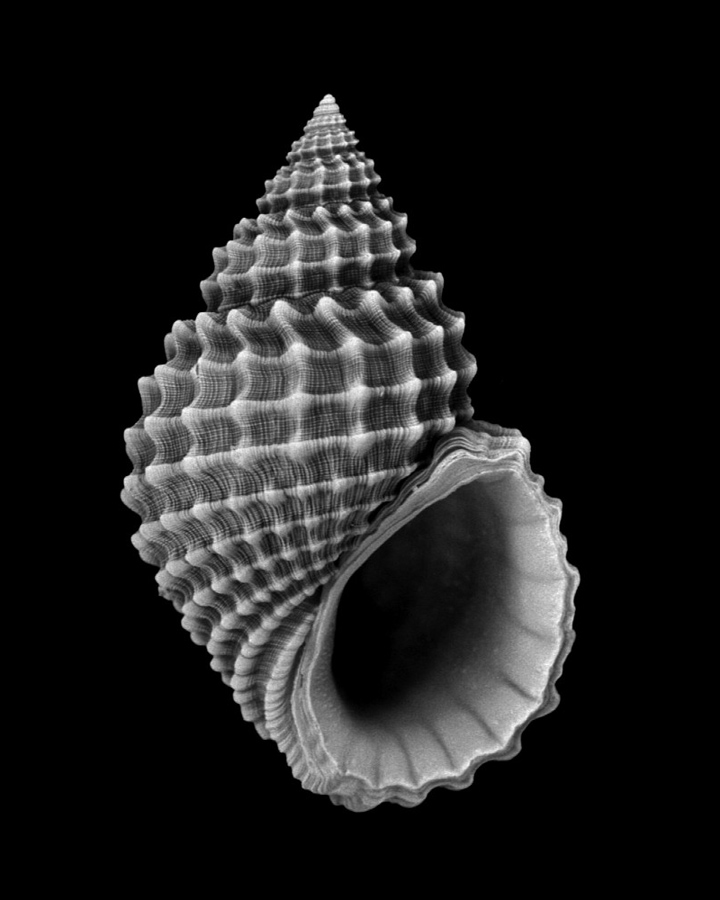
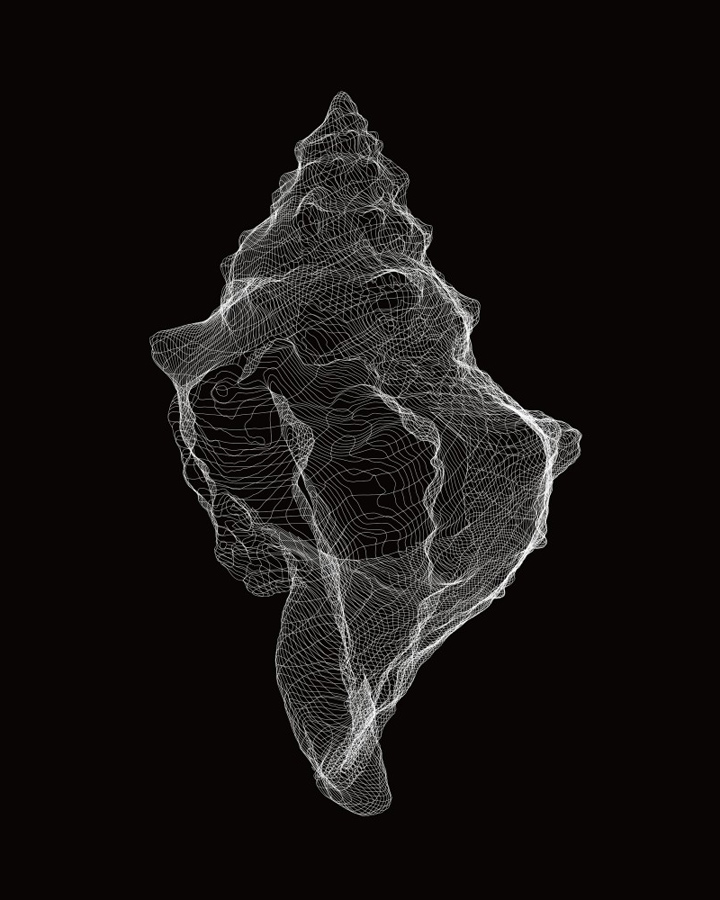
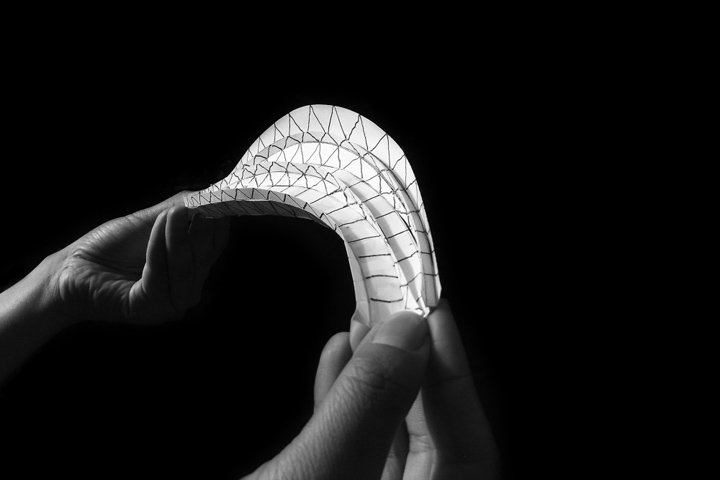
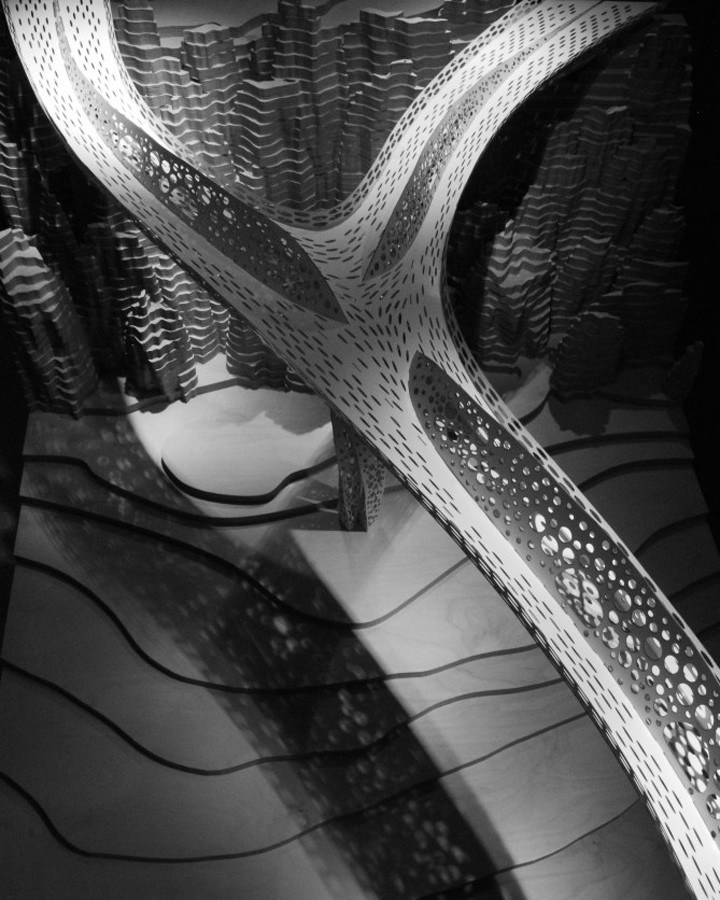
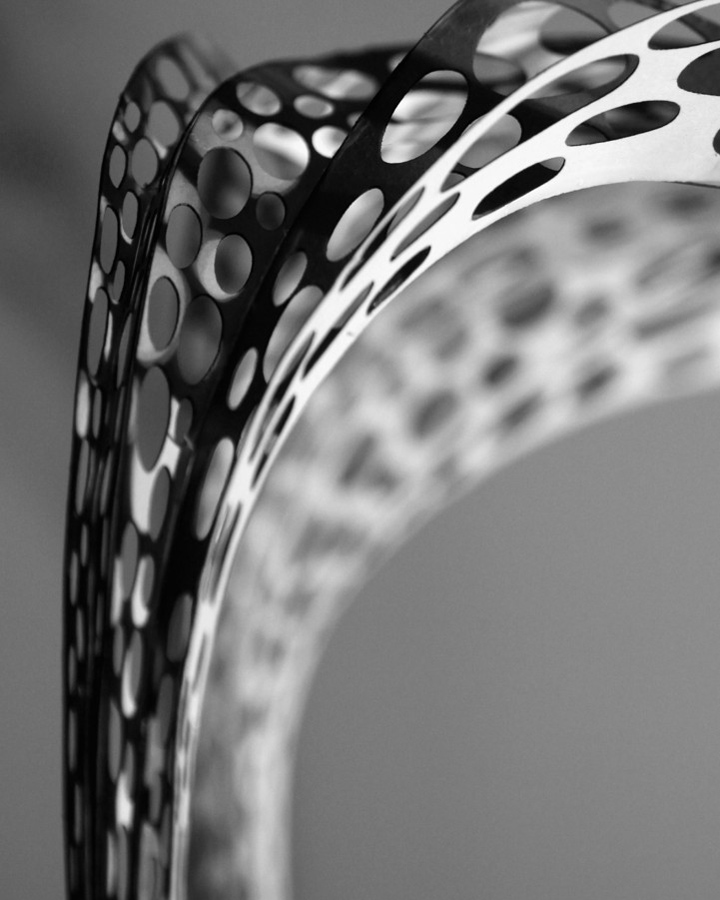









Add to collection




